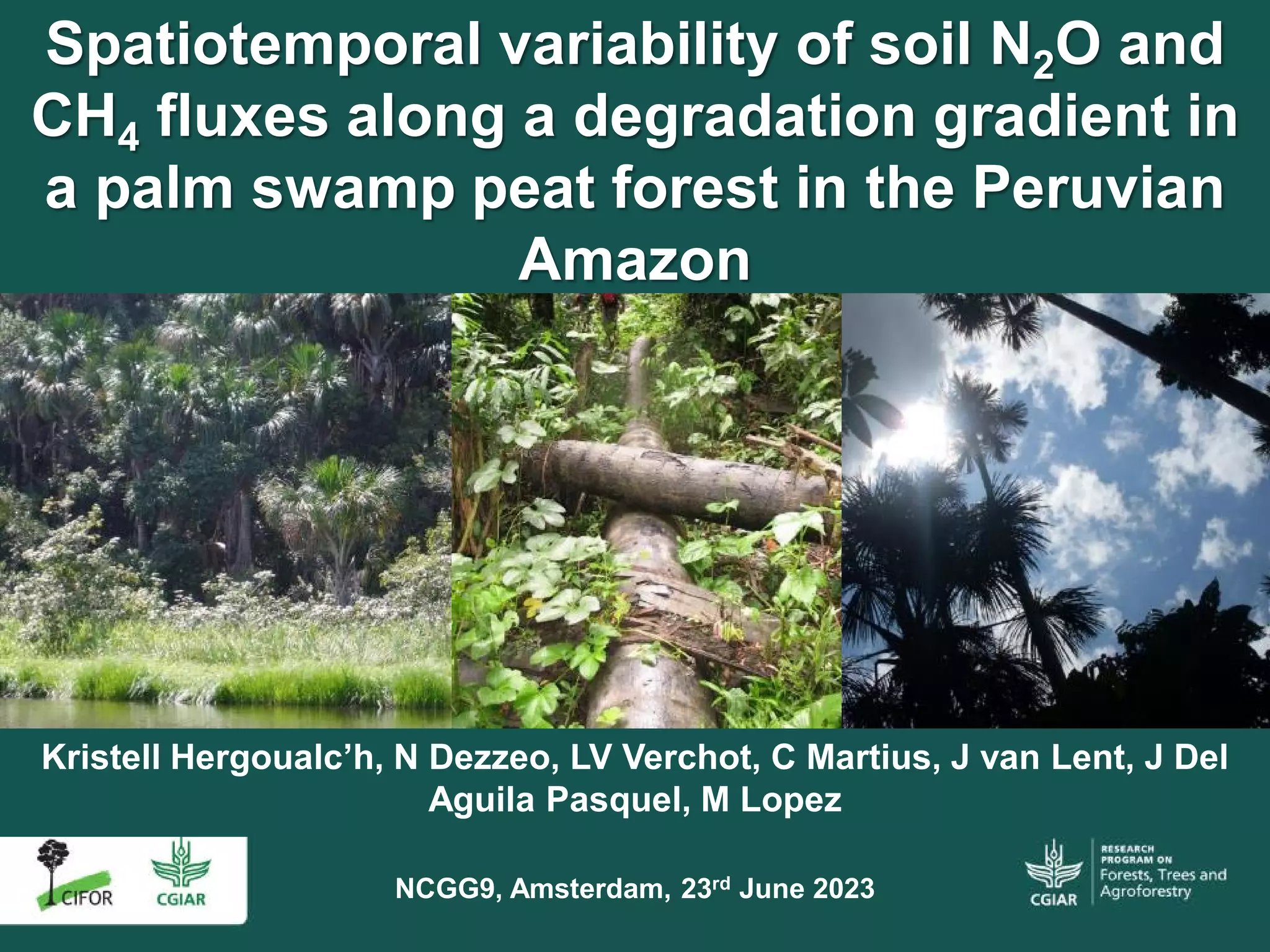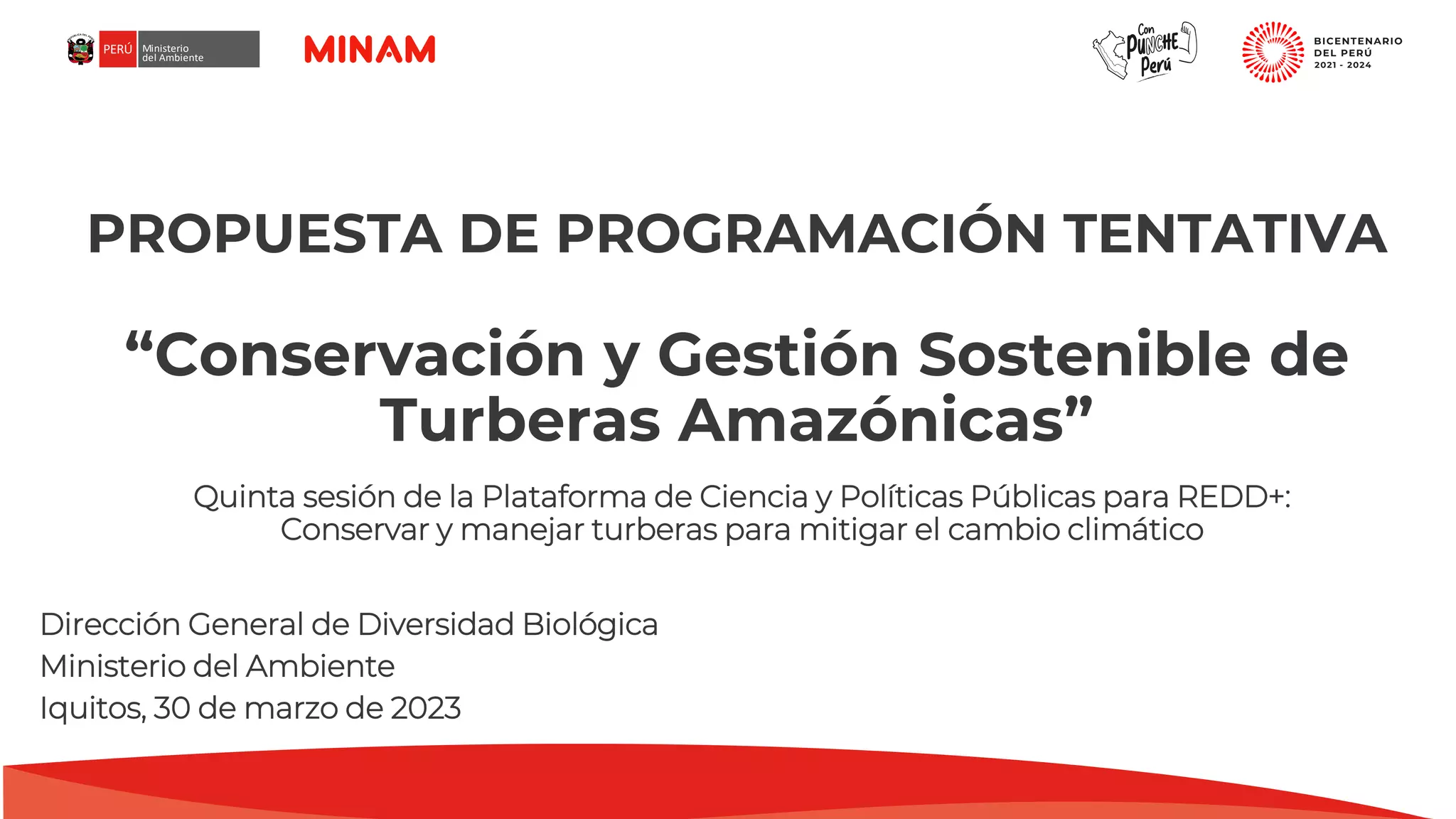
The world's most extensive tropical peatlands occur in the Cuvette Centrale depression in the Congo Basin, which stores 30.6 petagrams of carbon (95% CI, 6.3-46.8). Improving our understanding of the genesis, development and functioning of these under-studied peatlands requires knowledge of their topography and, in particular, whether the peat surface is domed, as this implies a rain-fed system. Here we use a laser altimeter mounted on an unmanned airborne vehicle (UAV) to measure peat surface elevation along two transects at the edges of a peatland, in the northern Republic of Congo, to centimetre accuracy and compare the results with an analysis of nearby satellite LiDAR data (ICESat and ICESat-2). The LiDAR elevations on both transects show an upward slope from the peatland edge, suggesting a surface elevation peak of around 1.8 m over ~20 km. While modest, this domed shape is consistent with the peatland being rainfed. In-situ peat depth measurements and our LiDAR results indicate that this peatland likely formed at least 10,000 years BP in a large shallow basin ~40 km wide and ~3 m deep. © 2020 by the authors.
Download:
 file
file

- Authors: Davenport, I.J., McNicol, I., Mitchard, E.T., Dargie, G., Ifo, S.A., Milongo, B., Bocko, Y.E., Hawthorne, D., Lawson, I., Baird, A.J., Page, S.E., Lewis, S.L.
- Author Affiliation: University of Edinburgh, University of Leeds, University College London, Université Marien Ngouabi Brazzaville, University of St Andrews, University of Leicester
- Subjects: peatlands, lidar, carbon, satellite imagery, soil depth, peat soils
- Publication type: Journal Article
- Source: Remote Sensing 12(14): 2196
- Year: 2020
- DOI: https://doi.org/10.3390/rs12142196


















